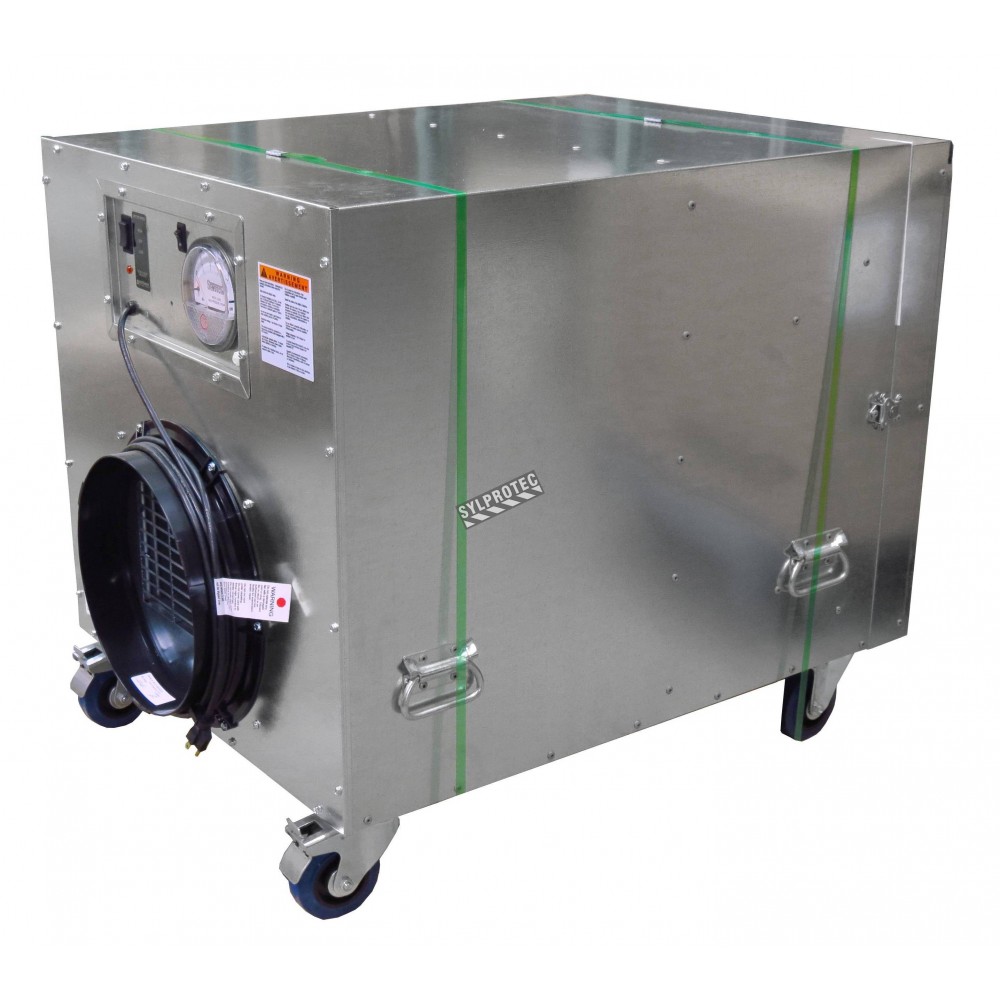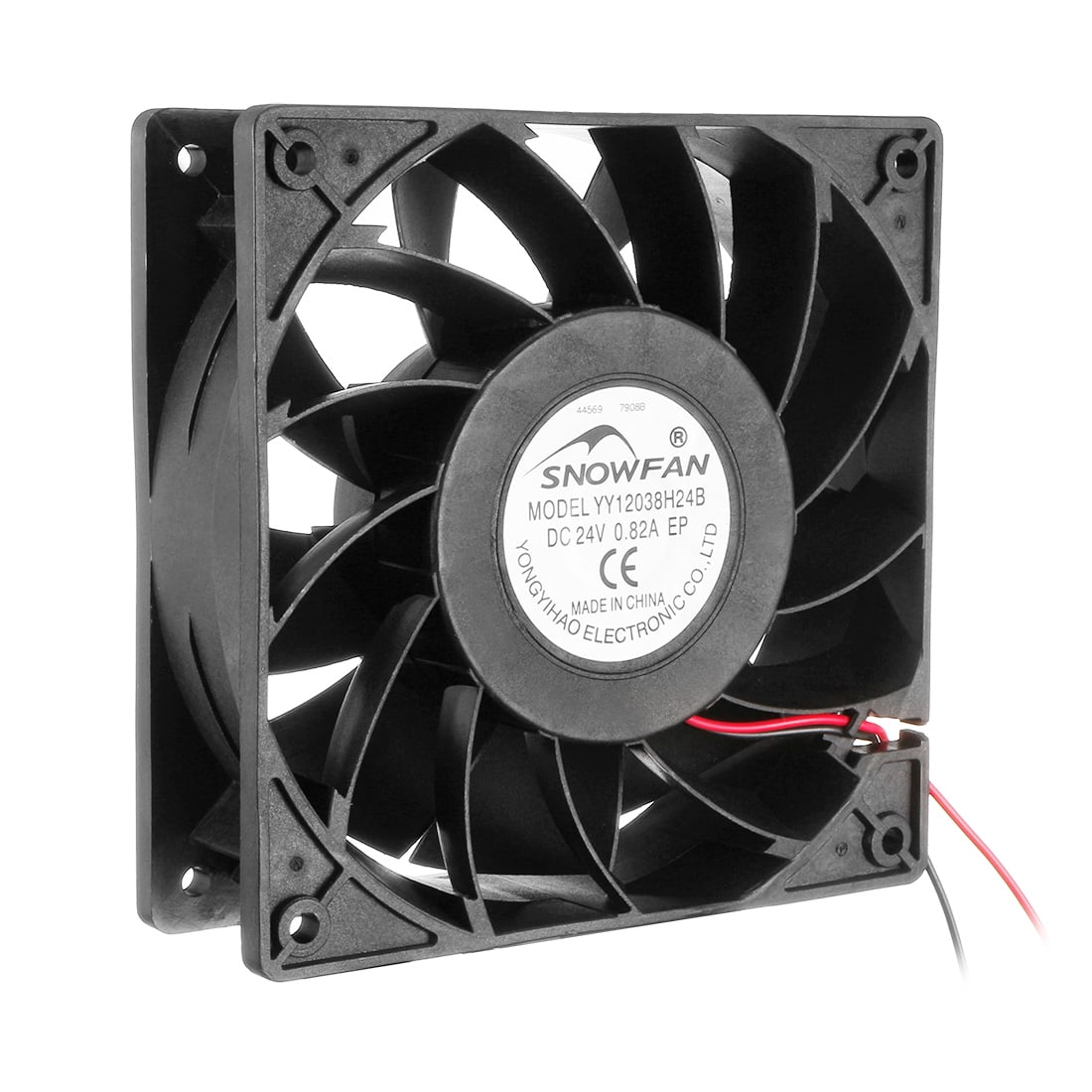
#Cfm airflow in home full
The full perforated floors used in grain bins generally have negligible resistance to airflow.

#Cfm airflow in home install
Even though short bins cost more to install than tall ones with the same grain capacity, total drying costs are less because smaller fans use less electricity.

Short, large-diameter bins are recommended for natural-air grain drying because static pressure and required fan size are smaller than they would be in tall, narrow bins. Static pressure, in turn, greatly affects fan power requirements. For grains and oilseeds, these factors are a function of the particular crop (size and shape of seeds), crop depth and airflow rate (cfm/bu) you're trying to provide.īelow, you’ll find the expected static pressure for barley and oats (Table 2), shelled corn (Table 3), soybeans and confectionary sunflowers (Table 4), oil-type sunflowers (Table 5) and wheat and sorghum (Table 6).Īs you can see, at a given airflow rate, crop depth has a large effect on static pressure. The crops’ airflow resistance and the fan pressure required to overcome it depend on how fast the air moves and how long and narrow the paths are. You can buy dial-type pressure gauges that operate on a different principle but are calibrated to give readings in inches of water. This means the typical room that needs 150 cfm only receives 50 cfm ( 150 cfm x. NCI contractors report the typical hot or cold room’s airflow is about 33 of what’s required. In positive pressure systems, water moves away from the fan. A typical hot or cold room may require 150 cfm (cubic feet per minute) of supply airflow to keep it comfortable. To calculate for CFM, we have to determine the volume of any room in cubic feet, multiply it by its recommended ACH, and divide everything by 60 minutes per hour. In negative pressure or suction systems, pressure between the crop and the fan is less than atmospheric pressure and water in the manometer tube moves toward the fan. The height difference of the water levels on the two sides of the tube, measured in inches, is the fan static pressure, inches of water (in. When a fan generates pressure, it forces water in the tube to move in the direction of lower pressure.

Attach the other end to the duct or plenum where you want to measure pressure. Since manometers measure pressure relative to atmospheric pressure, leave one end of the tube open to the atmosphere. Then pour some water, or water plus a small amount of antifreeze, into the tube. You can make a u-tube manometer by fastening a clear plastic tube and a ruler to a board.


 0 kommentar(er)
0 kommentar(er)
